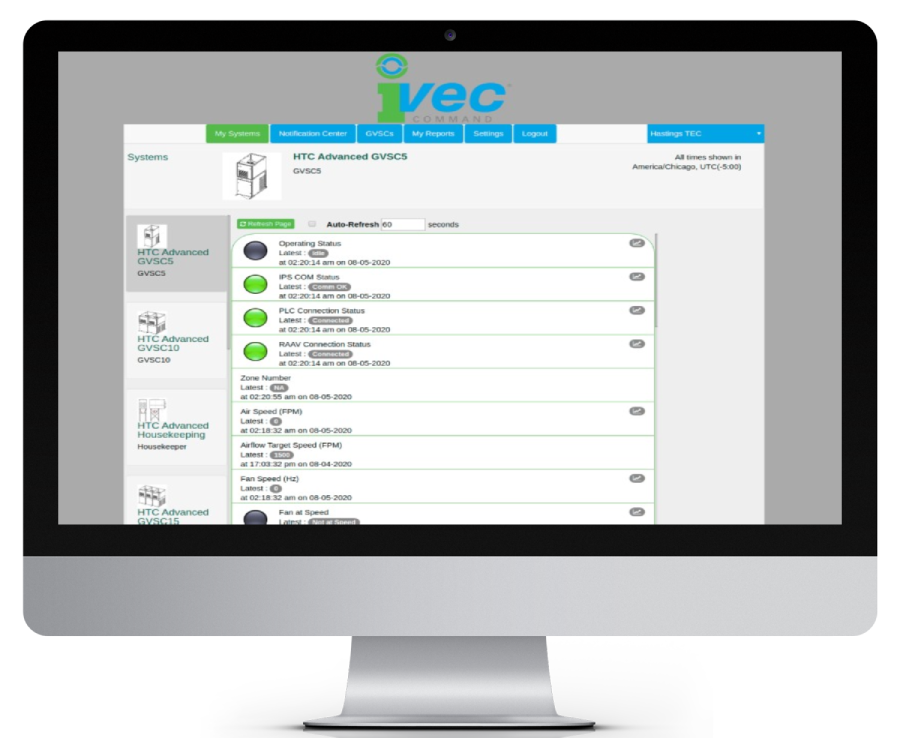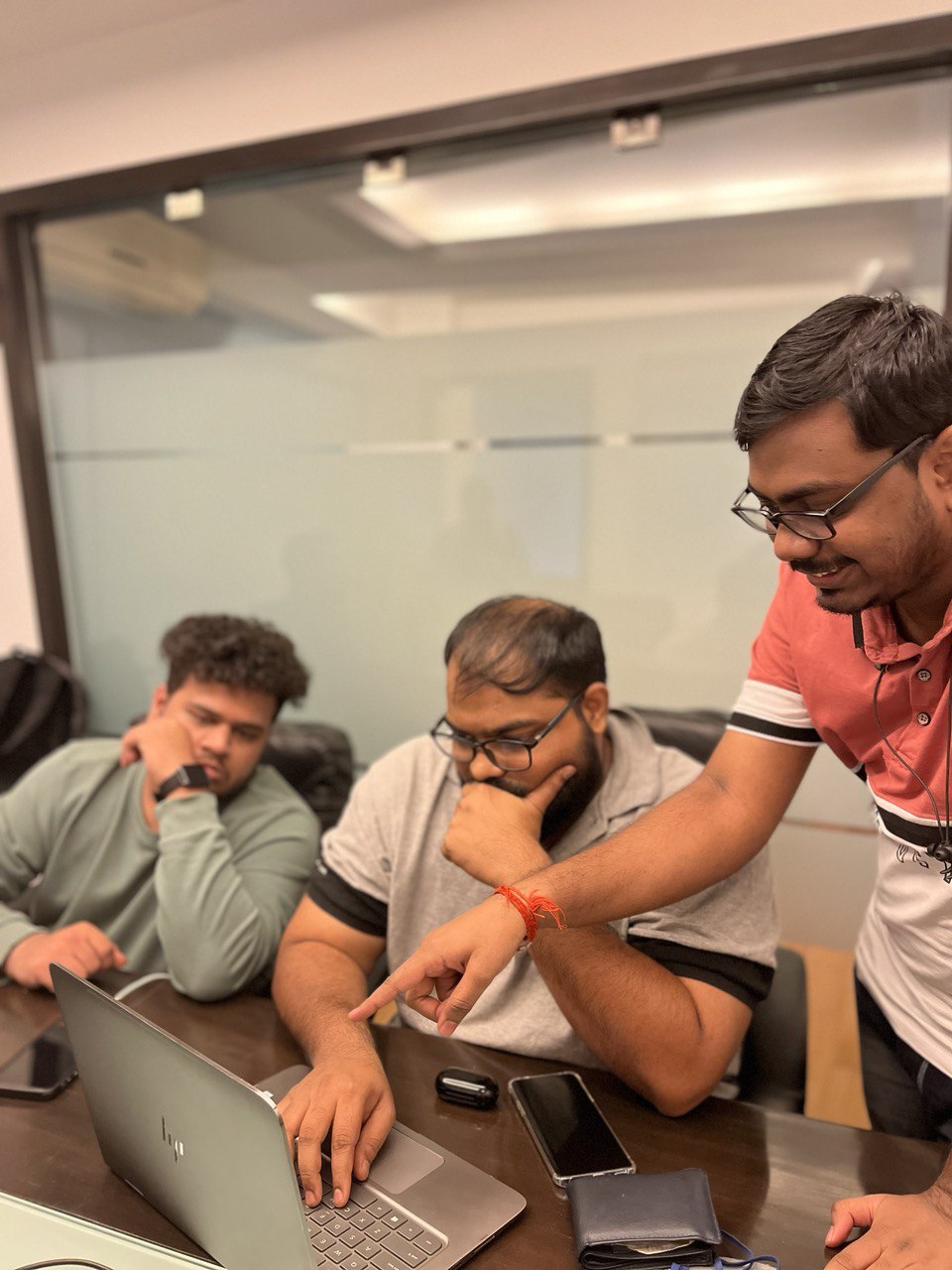Scante
IIoT and customer experience drive industrial services ahead with equipment-specific personalization.


About The Client
Scante systems help manufacturers and suppliers provide IoT driven apps to their customers. Apps on the platform integrate IoT data from connected products with support content, parts, services, and interactions that are the day to day activities of almost every business.
Customers range from manufacturers of industrial and commercial equipment to services companies, and everything in-between. Though many are small and medium-sized companies, large global companies have also chosen Scante for our rapidly deployable, configurable, and extremely cost-effective systems. They all share a need to provide IoT driven apps to their customers and haven’t found good solutions from the IoT mainstream.
Scante has been building complex customer interaction and support applications for Internet-connected products since before IoT was a thing.
The Project
Osian was involved in the execution of the project at a very early stage. Osian was tasked with creating the software architecture for the end user facing interfaces, including desktop, mobile web and admin dashboard that powers the overall IoT stack. The Scante stack involves onboarding industrial equipment which transmit data onto the Scante data collector framework and then have the end user monitor data for analytics or even control the IoT device by issuing commands to the equipment via a two way command communication protocol.
Approach
- White Labeled Solution
- IoT Data Visualization
- Customised report builders
- Control panels that control IoT infrastructure
- Cloud first strategy
Results
- Several clients on a white-labeled platform
- IoT 30 million data requests
- Scalable cloud architecture

Technology Selection
Osian developed a list of mature front-end software architecture choices, complied with the requirements and a comparison matrix of features. This process allowed Scante to decide. Since some services were already in place, we needed to understand the existing architecture before developing the framework. Scante’s customers range from manufacturers of industrial and commercial equipment to service companies, and everything in-between. Large global companies have chosen Scante for our rapidly deployable, configurable, and extremely cost-effective systems.
Before the Internet of Things (IoT) was a thing, Scante was developing complex customer interaction and supporting applications for Internet-connected products.
The Challenge
Creating a software architecture that would allow for white labeling was crucial right from the onset since the direct clients of Scante were industrial equipment manufacturers who would ultimately be selling to other end users in return. This required a robust information architecture that would allow for the flexibility of code reuse without compromising on security.
The system architecture also needed to be scalable given the requirements of the IoT framework.
The primary selection criteria were based on a few key factors.
Modularity and Maintainability
The nature of the project required that the solution architecture provided for creating each piece of the puzzle as a lego block that allowed for incorporation of new features as a new module. It was also important for each module to have their own code structure to allow for long term maintainability of the feature without having to resort to a large-scale monolith.
White Labelling
One of the prime considerations while selecting the technology stack for the project was to enable white labeling. This was not restricted to small changes in branding but to also allow support for theme rollers and font selection.
Remote Control
One of the exciting things in the long list of features was the ability to control the IoT device via a control panel view rendered on the web. This would require a command-control messaging system that would ensure that any commands sent over the wire were executed on the opposite side of the link in an expected manner.
Security
Since these were actual devices that were to be controlled and information about critical components was to be exposed to the outside world, a safe and secure communication protocol was needed for the same.
Cost
It was important to keep the running cost of the system low during the inception of the project. Running the entire infrastructure on AWS seemed like the most natural thing to do right from the start as it would allow the entire system to scale based on the requirements.
Ease of use
The white-labeled application was to be used by end-users on both the mobile web and desktop platforms. Hence, it was important to keep usability in mind while constructing the modular pieces of the application.
The Solution
Frameworks
Security

For Architecture

Security
The Application components can be categorized as per the functions.
For Business
White-labeled Solution:
The seamless framework and software architecture allows for the application to be converted into a platform that allows for multiple clients to be on-boarded into the system faster.
App for Distributors and Sales Representatives:
In addition to the end-user client-facing application, the platform has built-in support for Distributor and Sales Representative logins that enable monitoring of devices into logical groups.
Remote Control Panel:
Generic and Custom Panel modules enable remote monitoring of IoT devices and also operate the device from the web-based control panel. This meant that the complex IoT devices could share feedback and respond to user actions.
For Scalability
Amazon CloudFront:
The entire site is served statically via Amazon CloudFront, all images are served directly via Amazon S3.
Amazon S3:
Components that grow over a period of time when it comes to a CMS Application are logs, databases & assets. Logs & assets are pushed to S3 from the application server.
Load Balancing & Autoscaling with CloudWatch:
To handle peak loads compute services to scale in a Multi-AZ cluster, marshaling is handled via the Elastic Load balancer.
For Security
AWS Web application Firewall
It is the first level of defense, when it comes to layer 7 attacks, known URLs, Rate Limiting & Bot detection are blocked at the WAF level itself.
Application Load balancer
The SSL request termination happens at the ALB level, all traffic is limited to the VPC.
VPC Endpoints:
All communications required by components to exchange data happen within the VPC via VPC Endpoints
The Results
Below are some metrics that showcase the success of this project.
Omnichannel data integration
The solution is able to get the data integrated from any IoT platform into a single dashboard. Scant Evidence currently supports platforms like AWS IOT, EWOM & Netbiter.
Time to launch / onboard new clients
At the time of launch, we achieved over 60% reduction in Infrastructure cost and a 90% reduction in license costs.
What Scante said...

